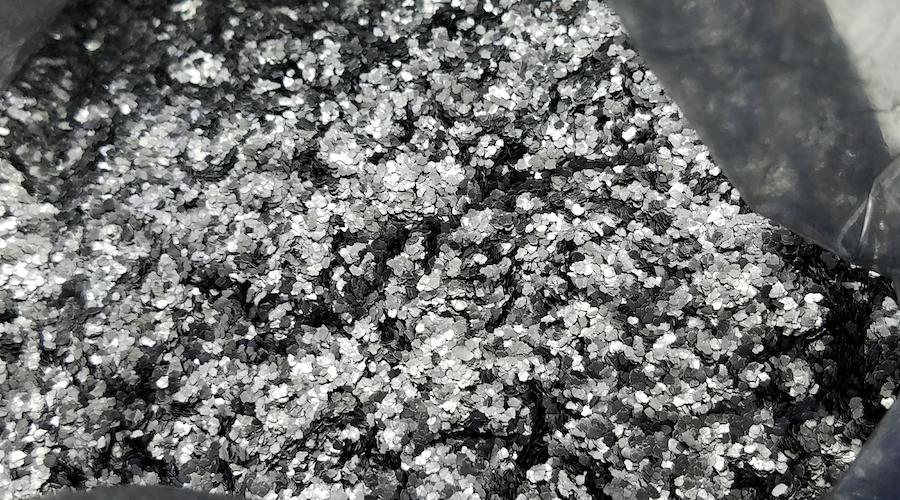Mongolia graphite mine may help China fill gap from lower imports — report

Market analyst Roskill predicts that a new ‘ultra-large’ flake graphite mine being built in Inner Mongolia is likely to fill in the gap that has been left in the Chinese market by slower production in Mozambique.
In a new report, Roskill says the mine is located near the city of Bayannur. The project’s capacity is said to be 100ktpy for graphite, lithium-ion battery anode material, and graphene products.
The majority of Inner Mongolia’s graphite production has come under the control of the Inner Mongolia Rising New Energy Company, which operates around 60ktpy of capacity
“While little details of the project are yet known outside of China, a nearby mine in the region is claimed to have a graphite reserve of around 17.8Mt. Construction had begun as of the end of May with a total investment of ¥4.5Bn ($630 million),” the report reads.
According to the analyst, even though China has been the largest producer, exporter and consumer of flake graphite for decades, it has begun importing increasingly large amounts, mainly from Africa. Total Chinese imports of flake graphite rose from 20kt in 2017 to 63kt in 2018 and 197t in 2019.
The problem is that most of the new material was sourced from Syrah Resource’s Balama project in Mozambique, which started scaling back production in late 2019.
“Chinese imports from Mozambique fell from 15kt in September 2019 to just 0.7kt in both January and February 2020,” Roskill reports.
“This new mine will go some way to fill the gap left by Syrah Resource’s original design plan; however, even more capacity is likely to be needed by 2030 and the longer term. A recent report by the World Bank Group, for example, predicts that almost a 500% rise in graphite supply would be needed by 2050 in the shift to a ‘low-carbon future.’”
Without counting the new mine, Inner Mongolia contributes an estimated 8-9% to China’s annual flake graphite production, mainly from the Xinghe area and mostly large flakes.
However, Roskill’s analysis highlights the fact that large-flake graphite is considered unsuitable for use in lithium-ion battery anodes because of its expense, with manufacturers preferring small and medium flake sizes.
The type of graphite that the new, unnamed mine will produce is commonly used in expanded graphite applications, with small amounts used in commercial graphene.
More News
Rio Tinto, Founders Factory’s Mining Tech Accelerator invests in startups from US and OZ
April 23, 2025 | 04:02 pm
{{ commodity.name }}
{{ post.title }}
{{ post.date }}



Comments